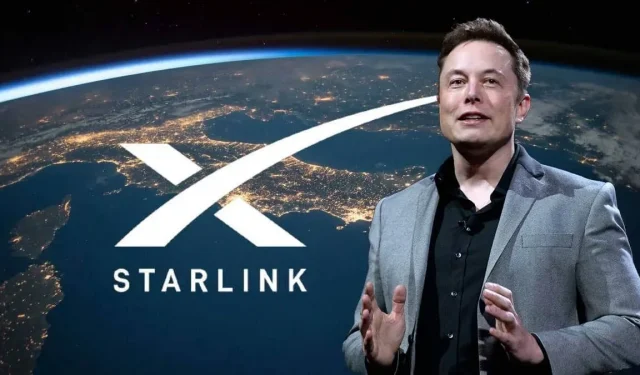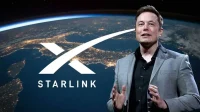The FCC authorizes SpaceX to deploy 7,500 second-generation Starlink satellites. Far from the originally requested 30,000, but for some this is already worrying.
SpaceX has filed an application with the Federal Communications Commission (FCC) for permission to deploy 29,888 second-generation Starlink satellites in 2020. Today, the FCC partially grants her this clearance. The commission gives the go-ahead to the company to build, deploy and operate up to 7,500 satellites in its Gen2 constellation at altitudes of 525, 530 and 535 km. In a statement, the FCC explains that this will allow SpaceX to offer Internet access to users around the world, even those who live in very remote areas.
FCC authorizes SpaceX to deploy 7,500 second-generation Starlink satellites
The FCC is currently limiting the number of satellites for fear of orbital debris and general safety. The Commission explains that this will help maintain a safe space environment and protect other operators from potentially harmful interference. Several companies, including NASA, have raised concerns about SpaceX’s plan to deploy 30,000 more satellites, especially since the FCC has already authorized the launch of 12,000 first-generation Starlink satellites.
In a NASA letter to the commission, the agency discussed the potential impact of such a large constellation on space missions. A large number of satellites could, she said, increase the risk of collision and significantly shorten launch windows. However, the FCC reserves the right to authorize or not authorize additional deployments.
Far from the originally requested 30,000, but already worrying some
SpaceX CEO Elon Musk said the second-generation Starlink satellites are much larger than their predecessors and will need to be launched on a Starship launch vehicle. This size is due to their massive antennae, enabling them to communicate with phones on Earth and mobile antennas in the sky.
The collaboration between T-Mobile and SpaceX, announced last August, depends on these second-generation satellites. The two companies want to do away with whitespace with this partnership and offer connectivity wherever there is a clear view of the sky, even if it is in the middle of the ocean.


